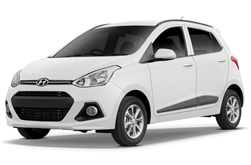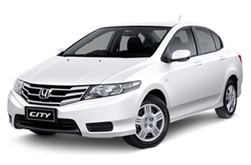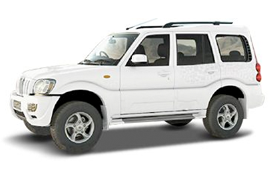Car Storage
In a city like Delhi with its public transport problem, who in their right minds will put their car in storage? Typically, it is people who are moving away from here. Some due to professional commitments. Others because they have taken a sabbatical to backpack across Europe. It doesn't matter how long you will be away from your city, or what your reason for moving is. Leaving your car in storage is a much safer option than parking it in front of your parents' house, or in your cousin's lane.
There aren't too many covered places to park your car in, but even the driveway of a warehouse or storage facility is safer than a city street. Mostly because it comes with 24*7 security guard, which means your precious car is under watchful eyes at all times of the day and night.
Storage Size Guide

|

|

|
Small Cars Typical Brands: i10, i20, WagonR, etc.
Suggested Storage Area: 100 sq ft |
Big CarsTypical Brands: Honda City, Hyundai Verna, etc.
Suggested Storage Area: 150 sq ft |
SUVs Typical Brands: Scorpio, Safari, Innova, etc.
Suggested Storage Area: 200 sq ft |
Preparing Your Car for Outdoor Storage
Ensuring the safety of your car against theft is one thing. But protecting your car from elements of nature is another altogether. Exposure to sunlight can cause damage to the paint of your car. The single best way to protect your car when storing it outdoors is to use a good-quality cover. Keeping the car covered will also protect the tires from the ravages of direct sunlight, including cracking.
You can either drive the car yourself to the chosen facility, or ask for the help of a driver. Once there, the car will be prepared for storage with removal of battery and fuel.
Taking Your Car Out of Storage
Since your car has been standing for a few weeks/ months, it will need some tender, loving care before you can take it back on the road.
Here are a few things that will have to be done:
- A thorough cleaning of the car to wipe off dust.
- Put the battery and check if the car starts.
- Check the tires for bald spots and air pressure.
- Put fuel in the car.
- Check fluid levels and make sure they are enough for the distance to your home.
- Run the car for a few minutes to make sure everything is functioning smoothly.
- As an extra precaution, drive the car around the storage facility and test out the brakes before hitting the road for the drive home.
Get Started
Reserve your space now and we'll keep it ready to receive your goods.
- OR
